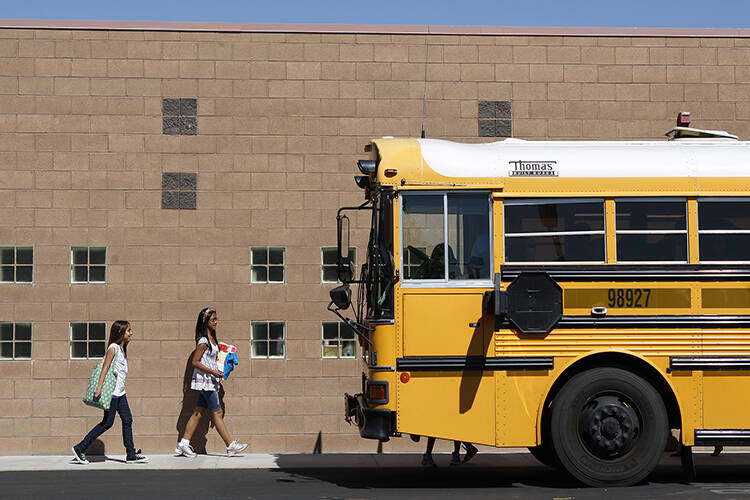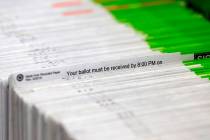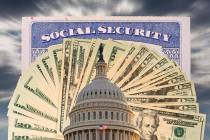EDITORIAL: Nevada embarks on an educational experiment, round 3
It’s an article of faith among members of the Nevada education establishment that more taxpayer support is the key to lifting the state’s public schools out of an academic morass. This belief is the driving force for the $2 billion in new education spending that lawmakers approved last month. It was the impetus for the two largest tax hikes in state history, each enacted within the past two decades.
And it will be front and center when Nevada education activists seek billions more in additional school spending as the decade progresses — and they will.
Yet while a public school system, by definition, cannot exist without a steady stream of taxpayer “investments,” the relationship between ever-higher spending and results has not been well-established. That could be because many districts don’t wisely direct their existing resources. This is something worth remembering as Nevada again embarks upon an effort to spend its way to academic success.
“The correlation between funding and school quality is extremely weak,” noted Emma Camp of Reason magazine in a February essay. She cites a 2012 report from Harvard and Stanford researchers: “On average, an additional $1,000 in per-pupil spending is associated with an annual gain in achievement of one-tenth of 1 percent of a standard deviation. But that trivial amount is of no statistical or substantive significance.”
A 2019 analysis by Michigan State researchers found that, from 1995 to 2015, education revenue in real dollars increased in all but two states. The higher spending did not translate into better student outcomes. Since the mid-1960s, U.S. public school spending has increased 300 percent. There has been no concurrent rise in test scores.
Activists vigorously contest these findings. They cite other studies showing that additional funding improves academic achievement. But even many of these analyses acknowledge that the issue isn’t the amount spent, but where those dollars are directed.
“There is no one formula for how to spend money correctly in schools,” Jay Greene of the Heritage Foundation told Reason. “But there are many common ways that schools blow resources.”
In other words, dumping more cash on a struggling public school system is unlikely to produce results unless traditional spending patterns are rejected in favor of proven approaches. Those include rewarding good teachers, providing incentives for dedicated educators to work at troubled campuses, and setting high expectations for students.
We’ll know in the next few years whether Nevada’s new “investment” in the public schools has paid dividends. Absent a revamped approach, it’s a long shot. But whatever the outcome, you can take it to the book that public school advocates will be back at the Legislature in coming years rattling their tin cups.






















